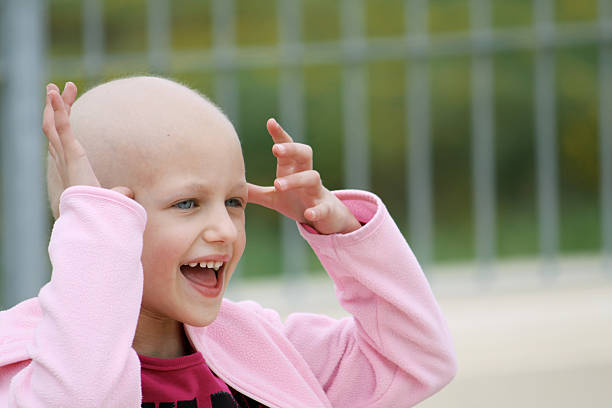Throughout the Mexican territory, institutions or civil associations seek to contribute their grain of sand in the fight against childhood cancer. However, it is time to talk about the pioneering institution providing comprehensive support and the only one with a national scope.
It is the Mexican Association to Help Children with Cancer (AMANC). This private assistance institution emerged on June 15, 1982, given the hospital and care deficiencies that afflict the child population diagnosed with cancer and their families.
Its founder, María de Guadalupe Alejandre Castillo, knew this problem firsthand after losing her eight-year-old son Pablo to leukemia. For this reason, from its first day, AMANC proposed to accompany girls, boys, and adolescents with cancer with dignity and humanity in the timely diagnosis, treatment, and follow-up of the disease.
The work of this association is based on a model of social intervention aimed at minors, where care must be applied from the appearance of the first suspicious signs of the presence of cancer until the survival stage, considering the family and community.
This model has been replicated in 23 states of the Republic through the AMANC National Network, whose annual impact exceeds 3,000 families and allows aid to be brought closer to those who need it and to reduce frequent trips to Mexico City as far as possible.
At its main headquarters, south of the country’s capital, AMANC provides daily temporary stays for up to 50 children and adolescents, a family member, and their treatments in public hospitals. Assistance services, psychological and nutritional care, and human development complement all this.
Since 1982, the institution has supported more than 26,000 children and adolescents diagnosed with cancer at the national level and 140,000 family members. With their comprehensive support, each beneficiary family has saved an average annual cost of 240,000 pesos. And today, the dropout rate of treatment by the population supported by AMANC is 0%.
Let us remember that cancer is the first cause of death by disease in patients between 5 and 14 years of age. More than 5,000 new cases are registered every year, one every 90 minutes. Three out of four are detected in the advanced stages of the disease, and there are 18,000 to 23,000 cases under active treatment and surveillance.



